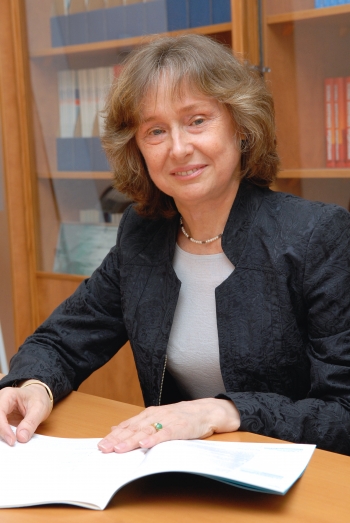In megacities, large cities of the world, occupation of rental dwellings is the most prevalent type of tenure. In Berlin rental dwellings represent 80 percent of the total housing, whereas in Moscow privately-owned properties make up 85 of the total housing. Obviously, these trends are diametrically opposed to each other. And, therefore, the earlier we start to change the aforesaid proportion the sooner we will be able to resolve the problem. In 2016 the IUE made an attempt to reconcile the conceptual developments, we created, with [their} practical implementation. In this regard, [I would like to say] a big thank to the Fund for Development of Housing Construction of the Republic of Bashkortostan (FDHC RB) and to Ufa City Agency for Mortgage Lending (UCAML OJSC) which contributed to our joint pilot project.
N. Kosareva noted that the tenor [of the debate] on residential housing shifted to a more constructive attitude. The projects implementation started, even though on a modest scale. In this way the conceptual developments were translated into practice. “The main difficulty will be related to gaining the access to long-term financial resources. The problem cannot be solved in one or two years. A more or less robust structure – at least like that of the existing mortgage system - might be developed in 5-10 years from now, at best,” she said.
N. Kosareva added that in 2017 the IUE would place more emphasis on development of the financial instruments being used in the real estate market, including in the field of residential housing development. She looked forward to further dialogue involving banks, non-governmental pension funds and other financial institutions that might contribute to the development of residential housing market in Russia.




